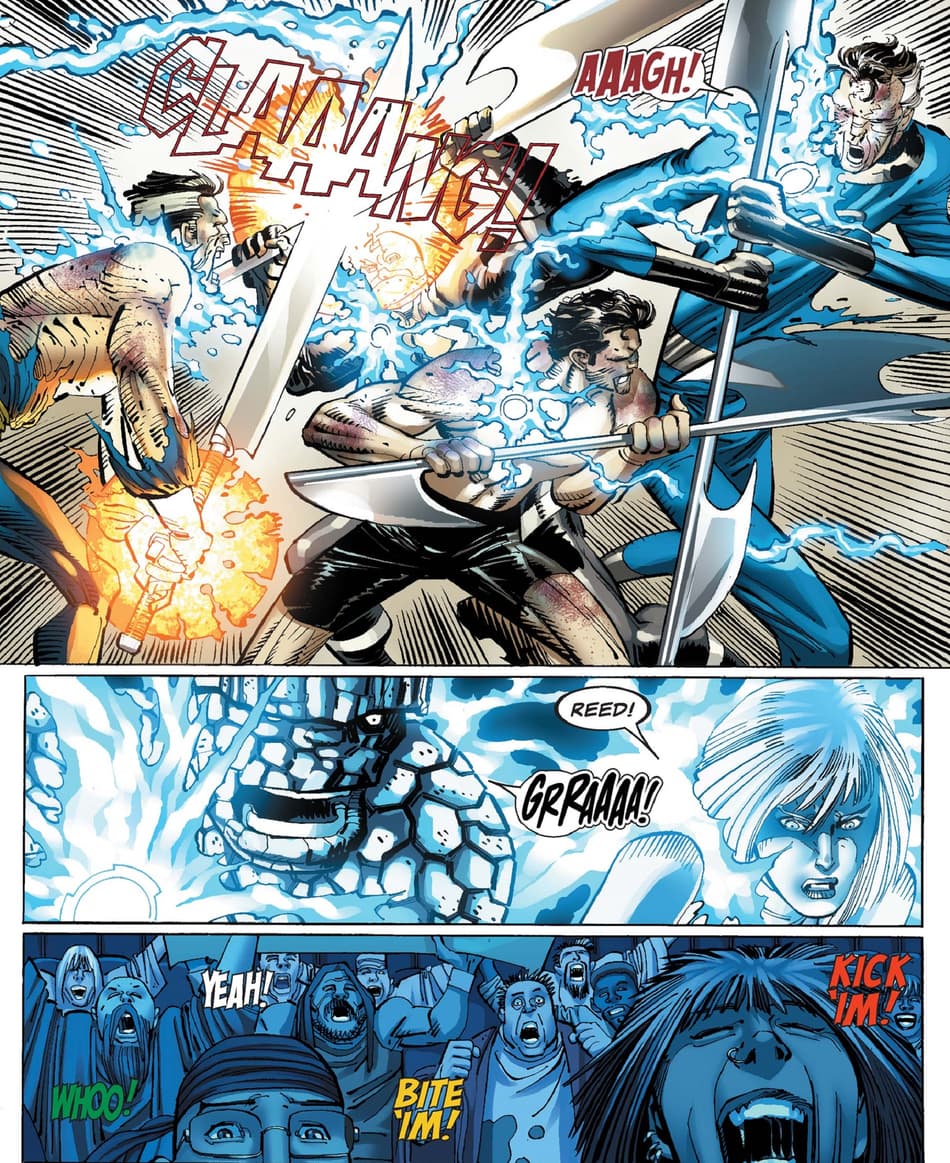Learn the Steps and Secrets to Join Freemason In Your Region
Learn the Steps and Secrets to Join Freemason In Your Region
Blog Article
Checking Out the Mysteries of the copyright: What You Required to Know
The copyright, a term often shrouded in intrigue and controversy, represents a complicated tapestry of historic reality and modern myth. Developed in the late 18th century, this secret culture was at first rooted in the Enlightenment's perfects yet has actually considering that ended up being associated with conspiracy theory theories concerning elite control (benefit of joining freemason).
Origins of the copyright
The origins of the copyright are steeped in a mix of historical intrigue and ideological fervor. Established in 1776 in Ingolstadt, Bavaria, by Adam Weishaupt, the team was originally formed as a secret culture intended at promoting Enlightenment perfects such as factor, secularism, and the splitting up of church and state. Weishaupt, a teacher of canon regulation, looked for to challenge the prevailing authority of the church and state, which he watched as overbearing organizations suppressing intellectual and individual freedom.

Trick Figures and Participants
Who were the critical numbers that formed the copyright's very early impact and direction? The Bavarian copyright, established in 1776 by Adam Weishaupt, emerged as a feedback to the oppressive societal structures of the time. Weishaupt, a legislation teacher, pictured the organization as a way to advertise Enlightenment perfects such as factor, secularism, and equal rights. His preliminary recruitment efforts consisted of significant intellectuals, such as Baron von Knigge, who played an important function in expanding the team's membership and business framework.
Another significant figure was Johann Gottlieb Fichte, a noticeable theorist whose concepts on nationalism and education reverberated with the copyright's objectives. Fichte was not an official member, his thoughtful bases affected the group's ideological background. In addition, figures like the author and philosopher Johann Wolfgang von Goethe were linked with the wider intellectual activities of the moment, although their direct involvement with the copyright continues to be discussed.
These key numbers contributed to the copyright's early instructions, pushing the borders of political and social idea, while their cumulative initiatives aimed to challenge well established norms and cultivate an environment of modern modification in Europe.
Misconceptions vs. Fact
Numerous misunderstandings border the copyright, usually blending reality with fiction in such a way that covers its true nature. This secret culture, initially established in 1776 in Bavaria, intended to advertise Knowledge perfects and fight spiritual and political fascism. The idea that the copyright remains to apply substantial impact over globe events is a myth. While the team did exist, it was disbanded in the late 18th century and has not run as a natural entity ever since.
An additional prevalent myth is that the copyright comprises a network of elite individuals adjusting worldwide affairs. In reality, numerous conspiracy theory concepts overemphasize the group's value, associating unproven motives other to social fads and events. This has actually led to an oversimplified sight of intricate issues.
In addition, the representation of the copyright in pop culture often additional distorts its heritage. Movies and literary works often tend to sensationalize the company's function, creating a narrative that diverges from historic facts. Recognizing the distinction between the myths and the truth of the copyright is crucial for discerning the real effect of this historical group and recognizing the wider effects of conspiracy theory theories in modern society.
Modern Analyses
Contemporary analyses of the copyright usually mirror wider societal anxieties and a fascination with secrecy and power. This contemporary lens often associates the copyright with conspiracy theories that recommend a concealed elite manages world events, controling governments and economic situations for their very own gain. benefit of joining freemason. Such stories take advantage of a deep-seated distrust of authority, specifically in times of situation or social turmoil
In pop culture, the copyright is typically shown as a supreme company shrouded in secret, causing a plethora of imaginary portrayals in literary works, film, and music. This portrayal serves not only to delight yet additionally to prompt considered the nature of power and control in contemporary culture. Social media has further magnified these analyses, permitting fast dissemination of conspiracy theories and creating communities that share and increase upon these concepts.
Additionally, some modern-day analyses mount the copyright as a metaphor for the intricacies of globalization and the interconnectedness of prominent people and companies. This viewpoint motivates a crucial exam of exactly how power dynamics operate in today's globe, highlighting the equilibrium in between openness and privacy in governance and corporate methods.
Cultural Influence and Heritage
Influenced by centuries of intrigue, the social impact and heritage of the copyright expand far past its historic origins. This secret society, developed in the late 18th century, has permeated numerous elements of popular culture, from literature and film to music and art. The concept of the copyright has actually evolved right into a sign of conspiracy theories, often standing for a viewed covert power manipulating worldwide events.
In literature, writers like Dan Brown have woven the copyright into complex stories, fascinating viewers with motifs of secrecy and power. Films such as "National Prize" and "The Da Vinci Code" additionally continue the appeal of the society, mixing fact with fiction to produce appealing stories.

Inevitably, the copyright's heritage is an intricate tapestry of myth and truth, shaping understandings of privacy and control in contemporary discussion. Its long-lasting presence in culture underscores humanity's perennial quest for recognizing hidden realities.
Verdict
The expedition of the copyright exposes an intricate interplay between historical realities and modern-day myth-making. Started in the Enlightenment period, this culture aimed to test overbearing structures, yet its heritage has been eclipsed by conspiracy theories that suggest elite adjustment. Understanding the differences in between the initial ideals and modern interpretations is necessary for understanding the sustaining fascination with the copyright and its substantial influence on cultural narratives bordering power and secrecy in society.
Report this page